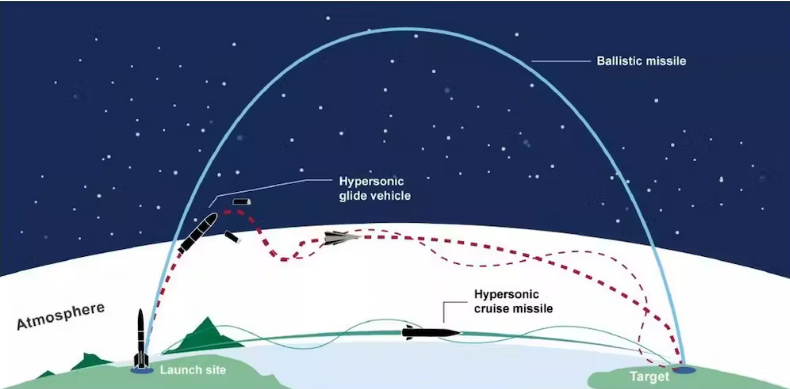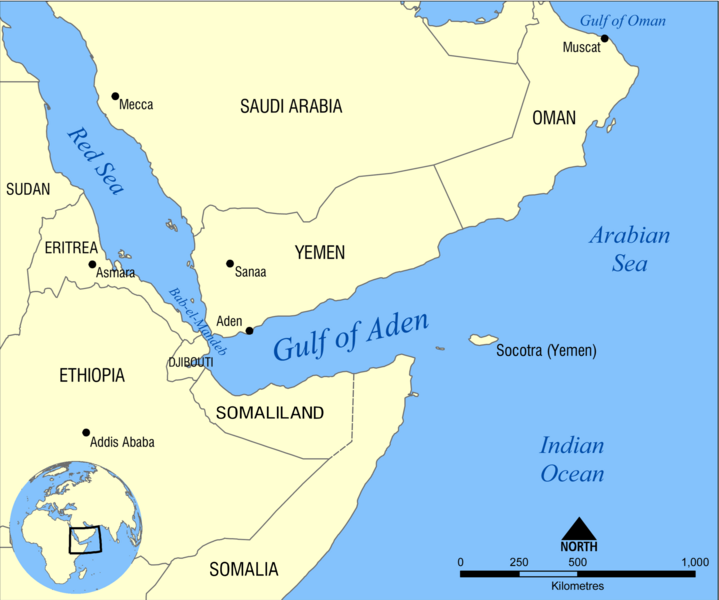SLIM Mission
Japan’s SLIM spacecraft lands on moon, a 1st for the country.
- SLIM – The Smart Lander for Investigating Moon is a lightweight spacecraft about the size of a passenger vehicle.
- It is nicknamed as ‘the Moon Sniper’.
Japan became the 5th country in world to reach the lunar surface following the United States, the Soviet Union, China and India.
- Main goals – To test new landing technology that would allow moon missions to land ‘where we want to land’ and to seek clues about the origin of the moon and analysing minerals with a special camera.
- Launched by – Mitsubishi Heavy H2A rocket from the Tanegashima Space Centre on Tanegashima Island, Japan.
- Space agency – Japan Aerospace Exploration Agency (JAXA).
- Scientific instrument – It was carrying 2 small autonomous probes lunar excursion vehicles LEV-1 and LEV-2.
- LEV-1 is tasked with recording SLIM’s landing while LEV-2 is a ball-shaped rover equipped with 2 cameras.
- Landing – It was aiming to land near the Shioli crater, near a region covered in volcanic rock by using “pinpoint landing” technology to provide greater control than any previous moon landing.
While most previous probes have used landing zones about 10 km wide, SLIM was aiming at a target of just 100 m.
- Descent path – At an altitude of 5 kms, the lander was in a vertical descent mode, then at 50 m above the surface, it was supposed to make a parallel movement to find a safe landing spot.
- Challenges – SLIM’s solar battery wasn’t generating power and thus battery life of the spacecraft would only last a few hours.
Reference
The Hindu| Japan launches the SLIM Mission
Hypersonic Missiles
Recently, North Korea had tested a new solid-fuel hypersonic missile with intermediate range that are difficult to detect and intercept.
- Hypersonic Missiles – They fly at speeds of at least Mach 5 and are highly manoeuvrable and able to change course during flight.
Hypersonic speed is at least more than 5 times the speed of sound (Mach 5) or about 6,200 km per hour.
- It can also be launched from a submarine and a frigate.
- Hypersonic glide vehicles – Glide vehicle are launched from a rocket which leaves the Earth’s atmosphere and then plunges back into it.
- Hypersonic cruise missiles - They are powered by high-speed, air-breathing engines, that can sustains flight on its own through the atmosphere like a cruise missile.
- Fractional orbital bombardment system (FOBS) – The missile can launch the glide vehicle partially into orbit which could strip adversaries of reaction time and traditional defence mechanisms.

- Different from Ballistic missiles – While both can travel at hypersonic speeds, ballistic missiles follow only set trajectories and limited manoeuvrability.
- ICBM can carry nuclear warheads on ballistic trajectories that travel into space but never reach orbit.
- Advantages - It can’t be detected easily because of its speed, manoeuvrability and low altitude of flight.
- Concerns – It can threat national security of a nation as they can potentially evade missile shields and early warning systems.
While the US, Russia and China are in advanced stages of hypersonic missile programs, India, France, Germany, Japan and Australia too are developing hypersonic weapons.
Reference
The Hindu| Working of hypersonic Missile
Gulf of Aden
Indian Navy’s destroyer INS Visakhapatnam responds to distress call from drone-hit merchant vessel in Gulf of Aden.
- It is a deep-water basin that forms a natural sea link between the Red Sea and the Arabian Sea.
- Geography – It is an arm of the Indian Ocean that runs in a west-east direction, is located between Yemen on the south coast of the Arabian Peninsula and Somalia and Djibouti in Africa.
- Strategic importance - In the northwest it connects with the Red Sea through the Bab el Mandeb straits, making it strategically important.
- Climate – It is strongly influenced by the upwelling of cool, nutrient-rich waters during the southwest and northeast monsoons and is characterized by a prevailing high-energy climate.
- Biodiversity – Its nutrient rich water support for high levels of biological productivity and it also flows into the Red Sea making the southern part of the Red Sea higher productivity region.
- Economy - Its coastline lacks large-scale fishing facilities but supports many fishing towns, as well as the major ports Aden and Djibouti.
Jeddah Convention of 1982, the ‘Regional Convention for the Conservation of the Red Sea and Gulf of Aden Environment’ aims at protection of coastal and marine environment from pollution and the rational management of living marine resources that also lead to establishment of PERSGA (Programme for the Environment of the Red Sea and Gulf of Aden) in 1995.

Indian Navy currently has around 12 warships deployed for anti-piracy and maritime security duties over Arabian Sea.
Reference
The Hindu| India’s Anti-pirate Response in Gulf of Aden
16th Finance Commission
Cabinet approves creation of 3 officer-level posts for 16th Finance Commission.
- Chairman – Arvind Panagariya
- Secretary – Ritvik Ranjanam Pandey
- 3 new posts – Created at the level of Joint Secretary i.e. 2 posts of Joint Secretary and 1 post of Economic Adviser who are required to assist the Commission in carrying out its functions.
- Functions – To suggest the principle of tax devolution between the Centre and States and revenue augmentation measures.
- To review the present arrangements for financing disaster management initiatives with reference to the funds constituted under the Disaster Management Act, 2005.
- Reporting – It would submit its report to the President by October 31, 2025 and it would be for 5 years commencing April 1, 2026.
|
Finance Commission of India (FC)
|
- It is a quasi-judicial constitutional body under Article 280 of Indian constitution.
- Constituted by – The President of India every 5th year or at such earlier time as he considers necessary.
- 1st FC – 1951 chaired by
- Role – To make recommendations regarding
- Sharing of central taxes with states
- Distribution of central grants to states
- Measures to improve the finances of states to supplement the resources of panchayats and municipalities, and
- Any other matter referred to it.
- Limitations – Recommendations are only advisory in nature and hence, not binding on the government.
|
The erstwhile 15th Finance Commission under N.K. Singh had recommended that States be given 41% of the divisible tax pool of the Centre during 5-year period 2021-22 to 2025-26, which is at the same level as was recommended by the 14th Finance Commission.
Reference
The Hindu| Composition of 16th Finance Commission
Right to Food
Recently, Indian government argued for people’s right to food in Supreme Court by supporting Genetically Modified (GM) crops as against the alleged environmental damage by it.
- Right to Food – It implies the right to food at appropriate nutritional levels and the quantum of relief to those in distress must meet those levels in order to ensure that this right is actually secured and does not remain a theoretical concept.
- It is inherent to a life with dignity according to National Human Rights Commission (NHRC).
- Legality – Article 21 of the Constitution of India should be read with Articles 39(a) and 47 to ensure the effective realization of right to food.
- Article 21 – Fundamental right to life and personal liberty.
- Article 39(a) – State to direct its policies towards securing that all its citizens have the right to an adequate means of livelihood.
- Article 47 – State to raise the level of nutrition and standard of living of its people as a primary responsibility.
- Thus it is a guaranteed Fundamental Right which is enforceable under Article 32.
- Extended rights – Right to free from hunger and that starvation constitutes a gross denial and violation of this right.
SDG 2 is about creating a world free of hunger by 2030.
|
Edible Oil in India
|
- It is released by Directorate of Economic and Statistics under the Department of Agriculture and Farmers’ Welfare.
- Total edible oil demand – 24.6 million tonnes (2020-21).
- Total imports – 54% of the total edible oil demand (2020-21) and 55.76% in 2022-23.
|
Reference
The Hindu| Promoting GM crops for Right to Food

